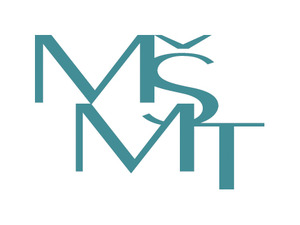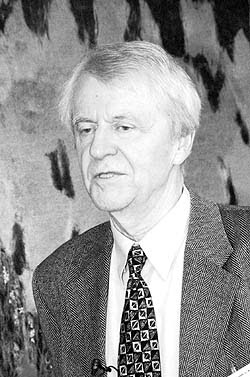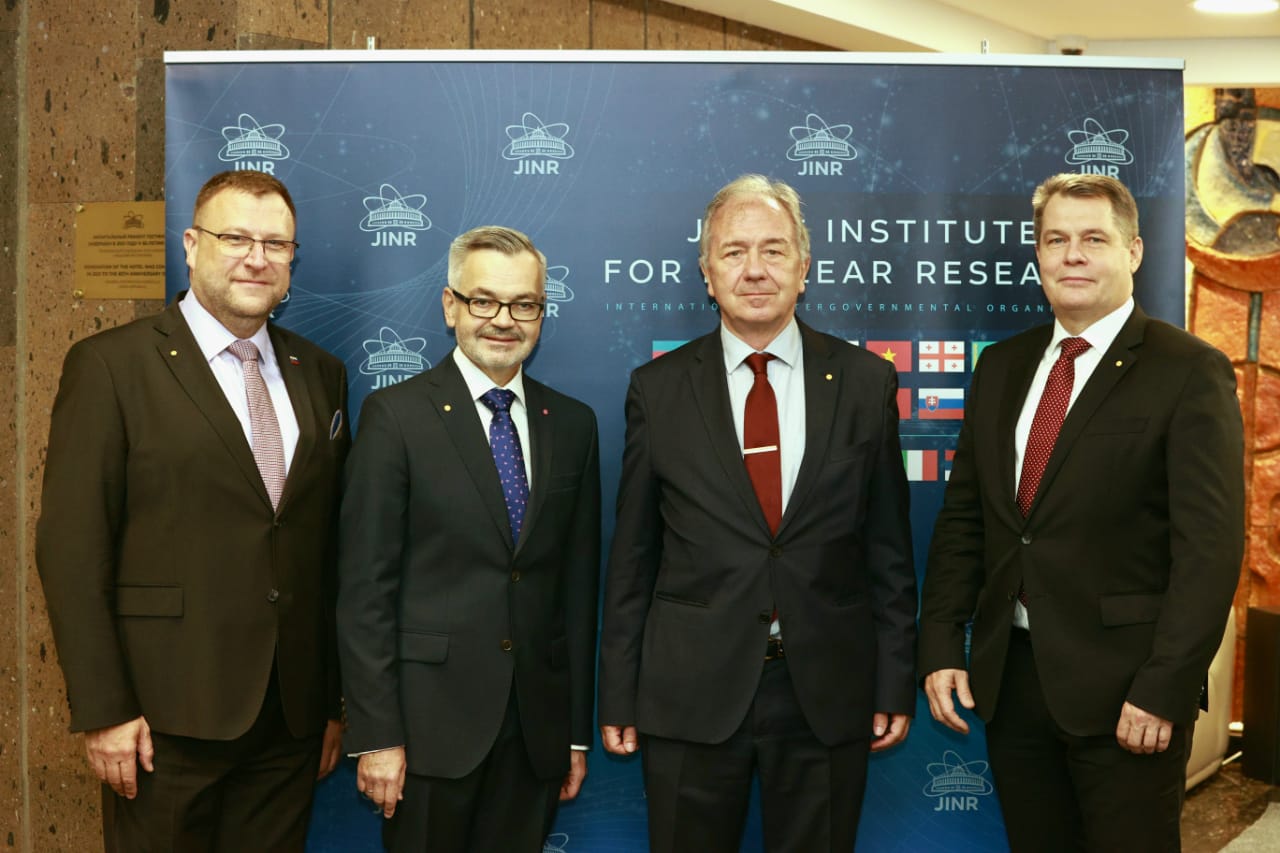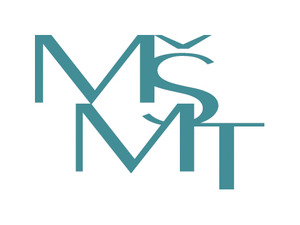Measurements of the chiral magnetic effect with background isolation in 200 GeV Au+Au collisions at STAR
Author
| Adamczyk L. | AGH University of Science and Technology, Poland |
| Lednický Richard, promovaný fyzik DrSc. dr. h. c. | Institute of physics of the ASCR, JINR Dubna |
| et al. | different institutions |
Year
2019
Scientific journal
NUCLEAR PHYSICS A 982 535-538
Web
Abstract
Using two novel methods, pair invariant mass (m(inv)) and comparative measurements with respect to reaction plane (Psi(RP)) and participant plane (Psi(PP)), we isolate the possible chiral magnetic effect (CME) from backgrounds in 200 GeV Au+Au collisions at STAR. The invariant mass method identifies the resonance background contributions, coupled with the elliptic flow (v(2)), to the charge correlator CME observable (Delta gamma). At high mass (m(inv) > 1.5 GeV/c(2)) where resonance contribution is small, we obtain the average Delta gamma magnitude. In the low mass region (m(inv) < 1.5 GeV/c(2)), resonance peaks are observed in Delta gamma(m(inv)). An event shape engineering (ESE) method is used to model the background shape in m(inv) to extract the potential CME signal at low m(inv). In the comparative method, the Psi(RP) is assessed by spectator neutrons measured by the ZDCs, and the Psi(PP) by the 2nd-harmonic event plane measured by the TPC. The v(2) is stronger along Psi(PP) and weaker along Psi(RP); in contrast, the magnetic field, mainly from spectator protons, is weaker along Psi(PP) and stronger along Psi(RP). As a result, the Delta gamma measured with respect to Psi(RP) and Psi(PP) contain different amounts of CME and background, and can thus determine these two contributions. It is found that the possible CME signals with background isolation by these two novel methods are small, on the order of a few percent of the inclusive Delta gamma measurements.
Cite article as:
L. Adamczyk, R. Lednický, . et al., "Measurements of the chiral magnetic effect with background isolation in 200 GeV Au+Au collisions at STAR ", NUCLEAR PHYSICS A 982 535-538 (2019)


 MINISTR ŠKOLSTVÍ KE SPOLUPRÁCI ČR S SÚJV
MINISTR ŠKOLSTVÍ KE SPOLUPRÁCI ČR S SÚJV INTEREST JINR, Wave 6
INTEREST JINR, Wave 6 The passing of Ivo Zvára
The passing of Ivo Zvára Call for the projects solved in collaboration with JINR (Projects 3+3)
Call for the projects solved in collaboration with JINR (Projects 3+3)  Call for the Grants of the Plenipotentiary of the Government of the Czech Republic in JINR
Call for the Grants of the Plenipotentiary of the Government of the Czech Republic in JINR Czech Ambassador in Russia visited JINR
Czech Ambassador in Russia visited JINR INTEREST JINR, Wave 5
INTEREST JINR, Wave 5 Russia Visa Centre
Russia Visa Centre Working Stays CR - JINR 2022
Working Stays CR - JINR 2022